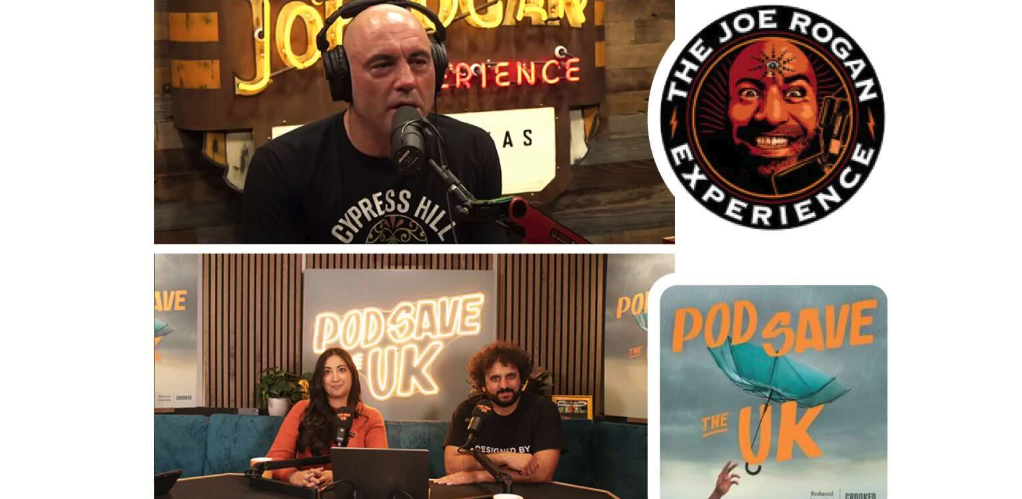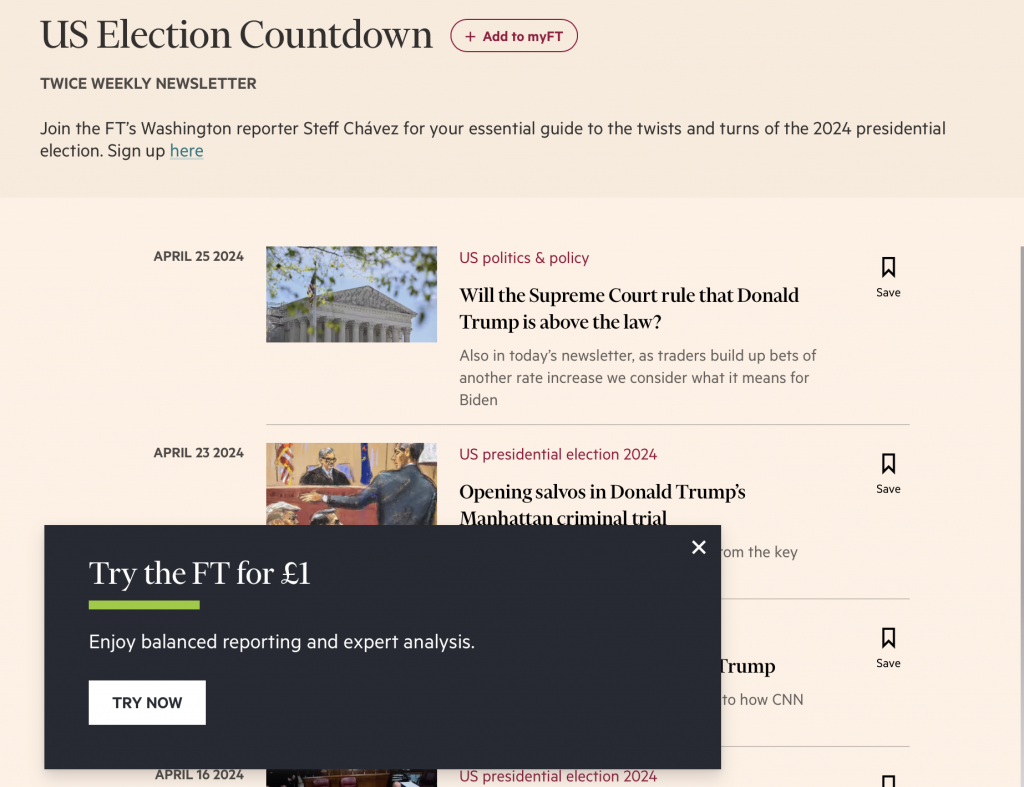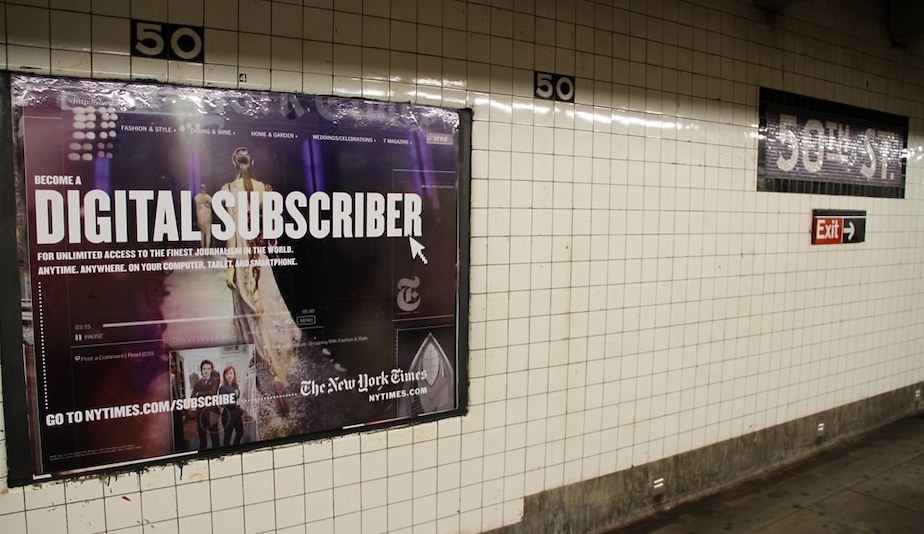
Newsletter
Newsletter
Almost half of the world’s population will vote in elections this year. We outline three ways subscription-driven businesses can balance access to critical information with revenue.
26th April 2024

More than 50 countries will hold elections in 2024, including seven of the world’s 10 largest nations. The countries represent almost half of the world’s population, and 2 bn voters are expected to cast their ballots, according to Al Jazeera. News organisations expect interest to be high, particularly with elections in India, Indonesia, the United States, Mexico and most likely in the UK. The question is how news businesses can capitalise on these major events, editorially and commercially. It has been the subject of some debate recently, and it highlights the balance that news groups strike in delivering on their mission to inform voters and their need to run sustainable businesses during a time of disruptive change in the industry.
As news organisations have shifted their revenue mix from advertising support to reader revenue, more journalism has gone behind paywalls. Former Time Magazine managing editor and former Under Secretary of State for Public Diplomacy and Public Affairs, Richard Stengel asked in The Atlantic what the impact of this would be on the public’s access to information during elections.
In the article titled Democracy dies behind paywalls, Stengel says paywalls represent a challenge to democracy in the US because more than 75% of news sites in America are behind a paywall and 80% of Americans won’t pay for news. Moreover, the US is by no means an outlier when it comes to resistance to paying for news. The situation is even more concerning in other established democracies, such as the UK, where we previously pointed out that just 9% of the public pays for news.
The crux of Stengel’s argument is that the news industry’s drive for subscribers has created a two-tier system where only a minority of the public can access quality news for free, leaving the other 20% of Americans (and 91% of Brits) highly vulnerable to misinformation. As Stengel says, “Democracy does not die in darkness—it dies behind paywalls.”
A quibble before we move on to Stengel’s solution to this problem. His argument focuses on text-based outlets, and both the UK and the US have a range of public and commercial radio and TV sources. In the UK, commercial publishers complain mightily about the licence-fee funded BBC, but it remains one of the most trusted news brands. And while there long has existed a snobbery about broadcast news in the US, a 2023 YouGov poll found that public TV broadcaster PBS was the second most trusted source of news in the US, although it was a distant second behind the Weather Channel, which frankly made us laugh. National networks ABC and CBS were also in the top 10, which is to say that Stengel is ignoring major sources of free news, and broadcasters all publish ad-supported, free-to-access content on digital platforms.
Stengel is right that elections are awash in misinformation, increasingly from state actors which are looking to disrupt their democratic adversaries. And pink slime sites – partisan sites masquerading as legitimate news outlets – are exploding as well. To counter this deluge of lies and propaganda, Stengel advocates for a “simple, temporary solution: Publications should suspend their paywalls for all 2024 election coverage and all information that is beneficial to voters”. Admittedly, this isn’t a long-term solution and fails to address the systemic issues that media companies are facing to stay afloat. Moreover, whereas the US election is a once in four years event, there will arguably always be important events that require high-quality journalism to cover. If content relating to the US election is deemed essential to democracy, what about news about ongoing issues with the government, climate change or major international events?
Many news organisations have to negotiate tensions between the editorial mission and the commercial imperatives, which have only become more acute recently. We’re passionate believers in the role that journalism has in protecting and supporting democracy, but it needs to be commercially viable. As Amanda Hale, the vice president of partnerships at The Atlantic, used to have on her Twitter profile, “The First Amendment needs a business model.” Advertising revenue, which used to be the main source of revenue for many publishers, continues to decline due to a drop in demand, a decrease in traffic from social media platforms and increased restrictions on the use of third-party cookies. In the face of these headwinds, the need to generate direct revenue from readers is essential for publishers.
We believe that there are ways that publishers can strike a balance between their democratic mission and commercial viability. Publishers have several options to adjust their paywalls to ensure that more socially beneficial content is easier to access whilst also optimising conversion. There are three main approaches to this:
While we might quibble with Stengel’s framing of the problem, he does highlight examples of newspapers that have leveraged high-interest, high-impact content to drive subscriptions. As he pointed out, The Seattle Times and The Philadelphia Inquirer both moved all of their COVID content out from behind the paywall and saw a bump in digital subscriptions as a result. It was part of an explosion in subscription growth many publishers saw during the COVID-19 pandemic in 2020. People wanted all of the information they could get about the pandemic and how to navigate it, were willing to pay for it and had lots of free time to consume content, whether that was news or streaming services. It is a strategy that can have positive conversion benefits.
This is the simplest approach to making articles aimed at the public good free, whilst maintaining vital subscription revenue. As we have mentioned in this newsletter previously, this approach worked for Australia’s Nine Publishing which decided that certain articles would be gated, but the majority of content would be available for free. Their editorial team controlled the process, which allowed journalists and editors to understand the impact of content on consumer behaviour. The results were impressive with a 425% increase in conversions.
Paywall publishers like the Financial Times publish free-to-read newsletters around elections, such as the US Election Countdown. Readers can sign up on their site or read the content cross-posted on LinkedIn. It allows the FT to raise awareness of their journalism and their subscription offering. A key element of these efforts around high-attention events is to link them with strong subscription calls-to-action and attractive trial offerings. Users of the FT Election Countdown page are offered a £1 trial.

The second option open to publishers is to encourage a value exchange between themselves and their audience that isn’t monetary. This typically will take the form of a registration, where a user has to enter their email address and sometimes some other key details to be allowed to read for free. Generally, registered readers are given access to a defined number of articles within a timeframe before being required to subscribe. However, this doesn’t directly address Stengel’s concerns around election content requiring a subscription, it just provides free users with a slightly higher level of access than unknowns.
A recent article from the Audiencers highlighted an interesting solution to this problem. They detailed how Bloomberg took all their environment-based content from behind the subscription wall and placed it behind a registration wall instead, during COP. This allowed them to focus on engaging these users regularly and encouraging those that were in a position to do so, to subscribe. For many publishers, registration is seen as the end in itself, rather than a step on the journey towards subscription. Bloomberg achieved this by:
Stengel understands that publishers need to generate revenue, but he was also concerned about audiences who can’t afford to pay for a subscription. One option he proposed was that more affluent readers “subsidize important coverage during a crucial election”. This is a difficult balance to strike. Generally, this is a difficult balance for media brands to strike and we’re in an era where budget pressures are causing many users to cancel, offering the content for free is likely to exacerbate that problem.
However, this might be achieved by extending the gift article concept to a gift subscription. Publishers including the New York Times allow subscribers to share a gift article. They could develop a program that allowed subscribers or even philanthropic groups to buy gift subscriptions or memberships for those who couldn’t afford them. These could then be distributed by approved groups or charities which work to expand access to information. It would be socially and civically beneficial and give publishers data on audiences they might have had trouble reaching.
That being said, we have previously looked at research that demonstrated that subscription messaging that informs a prospect that their subscription supports independent, campaigning journalism whilst highlighting the news industry’s precarious financial situation is the most effective way to encourage conversion. Moreover, the Guardian has effectively built a membership model by highlighting to users how many articles they have consumed and combining this with messaging about the importance of supporting their journalism.
Major events like elections have always given publishers opportunities to experiment. These experiments often have been focused on editorial innovations, but we think 2024 also allow publishers to innovate commercially.
At Pugpig we’re publishing experts with knowledge of content and paywall strategies to help balance audience engagement and conversion. If you’d like to speak with us, respond to this email or set up a meeting using this calendar link.
Here are some of the most important headlines about the business of news and publishing as well as strategies and tactics in product management, analytics and audience engagement.

Newsletter

Newsletter

Newsletter

Newsletter

Newsletter